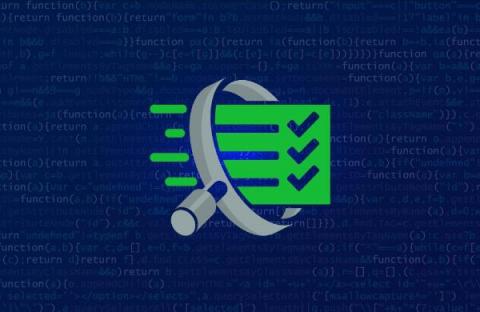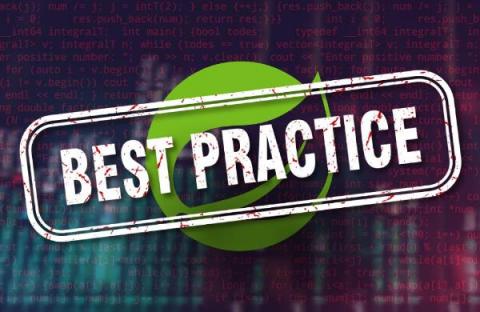Impact Analysis: RubyGems Critical CVE-2022-29176 Unauthorized Package Takeover
On May 6, 2022, a critical CVE was published for RubyGems, the primary packages source for the Ruby ecosystem. This vulnerability created a window of opportunity for malicious actors to take over gems that met the following criteria: Because RubyGems provides data dumps that include a lot of information, it is unfortunately relatively simple to create an automated mining process for these criteria.











